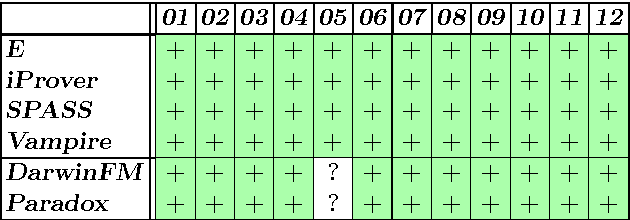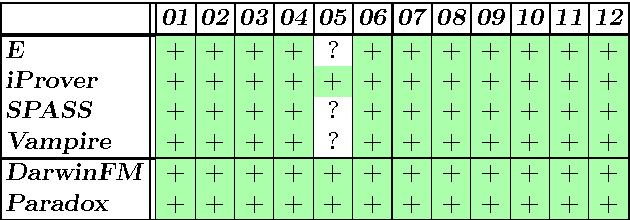Modeling in OWL 2 without Restrictions
Paper and Code
Apr 28, 2013


The Semantic Web ontology language OWL 2 DL comes with a variety of language features that enable sophisticated and practically useful modeling. However, the use of these features has been severely restricted in order to retain decidability of the language. For example, OWL 2 DL does not allow a property to be both transitive and asymmetric, which would be desirable, e.g., for representing an ancestor relation. In this paper, we argue that the so-called global restrictions of OWL 2 DL preclude many useful forms of modeling, by providing a catalog of basic modeling patterns that would be available in OWL 2 DL if the global restrictions were discarded. We then report on the results of evaluating several state-of-the-art OWL 2 DL reasoners on problems that use combinations of features in a way that the global restrictions are violated. The systems turn out to rely heavily on the global restrictions and are thus largely incapable of coping with the modeling patterns. Next we show how off-the-shelf first-order logic theorem proving technology can be used to perform reasoning in the OWL 2 direct semantics, the semantics that underlies OWL 2 DL, but without requiring the global restrictions. Applying a naive proof-of-concept implementation of this approach to the test problems was successful in all cases. Based on our observations, we make suggestions for future lines of research on expressive description logic-style OWL reasoning.
 Add to Chrome
Add to Chrome Add to Firefox
Add to Firefox Add to Edge
Add to Edge